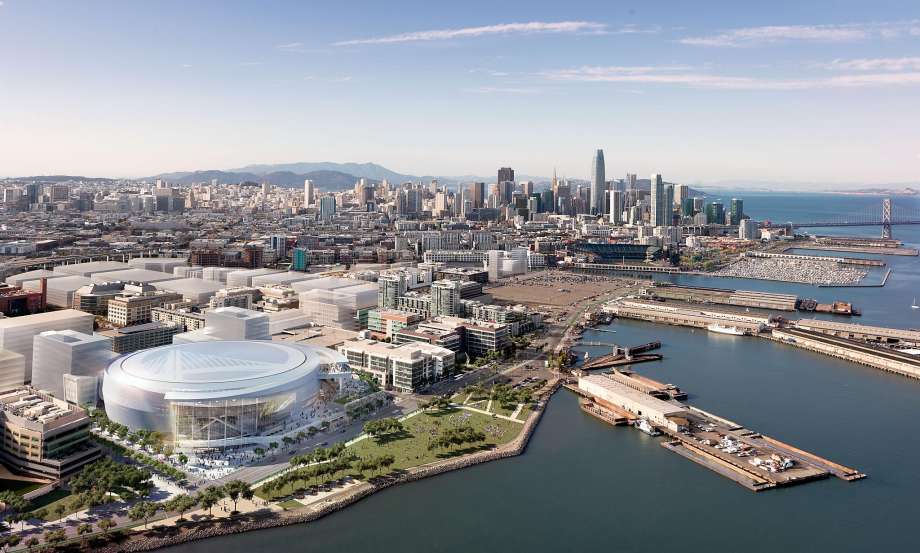
Sustainability in Sports Design
Owners of sports and entertainment venues and design firms have long been focused on innovative design, comfort of their patrons, and facility performance. Over the past several years, the focus has shifted to include sustainability as a primary objective.
As high-profile entertainment venues, sports facilities are in a unique position to showcase facility performance and sustainability. More than other types of buildings, they can benefit considerably by incorporating sustainable solutions in early conceptual phases of design. From the start, the design teams now consider materials’ impact, water efficiency, energy efficiency and other sustainable design factors key to venue performance and cost control. The Golden State Warrior’s Chase Center brings together many of these goals.
Large venues like the Chase Center are designed primarily for big events, but they must still operate efficiently throughout the year. Aesthetics and the fan experience are primary components of sports venue design. Newer, stricter energy codes mean that large spans of glazing must be designed to minimize additional loads on the building, often compensated for with system efficiency. The Chase Center, being designed toward LEED Gold certification, aims to balance these efficiency factors. Efficient glazing, HVAC systems, and highly efficient lighting are being used to leverage performance and operational cost savings. Some of the unique features of the HVAC systems that contribute to energy efficiency are the water and air-side heat recovery. The large units serving the seating bowl are equipped with indirect-direct evaporative cooling air handling units. These units use the dry and temperature climate to provide “free cooling” of the outside air to reduce the need for mechanical cooling. Additionally, all the large food service refrigeration units are connected to a central heat recovery loop that is also connected to other mechanical equipment, therefore providing heating where needed and reducing the amount of waste heat rejected from the project building. The campus is also utilizing recycled water and highly efficient irrigation systems to minimize water usage.
The Chase Center is also encouraging use of alternative forms of transportation for patrons to travel to and from the facility. The new arena will be located near light rail and bus lines to provide multiple modes of public transportation. Electrical vehicle charging stations will be provided in the parking deck, as well as preferred parking for low emitting vehicles. Additionally, a bike valet system will be utilized where bikes can be checked into a valet service, or stored in temporary corrals on site, for patrons who use cycling as a primary mode of transportation. These solutions will significantly reduce fossil fuel usage and carbon emissions related to traveling to the Chase Center.
Beyond the design features, there are also many opportunities for sports and entertainment venues to embrace green and sustainable solutions, from energy and water management to food sustainability and waste management. By being involved in the venue planning process from the beginning, SSR is continually excited to be part of the conversations that drive sports and entertainment facilities towards higher performance and sustainability.







